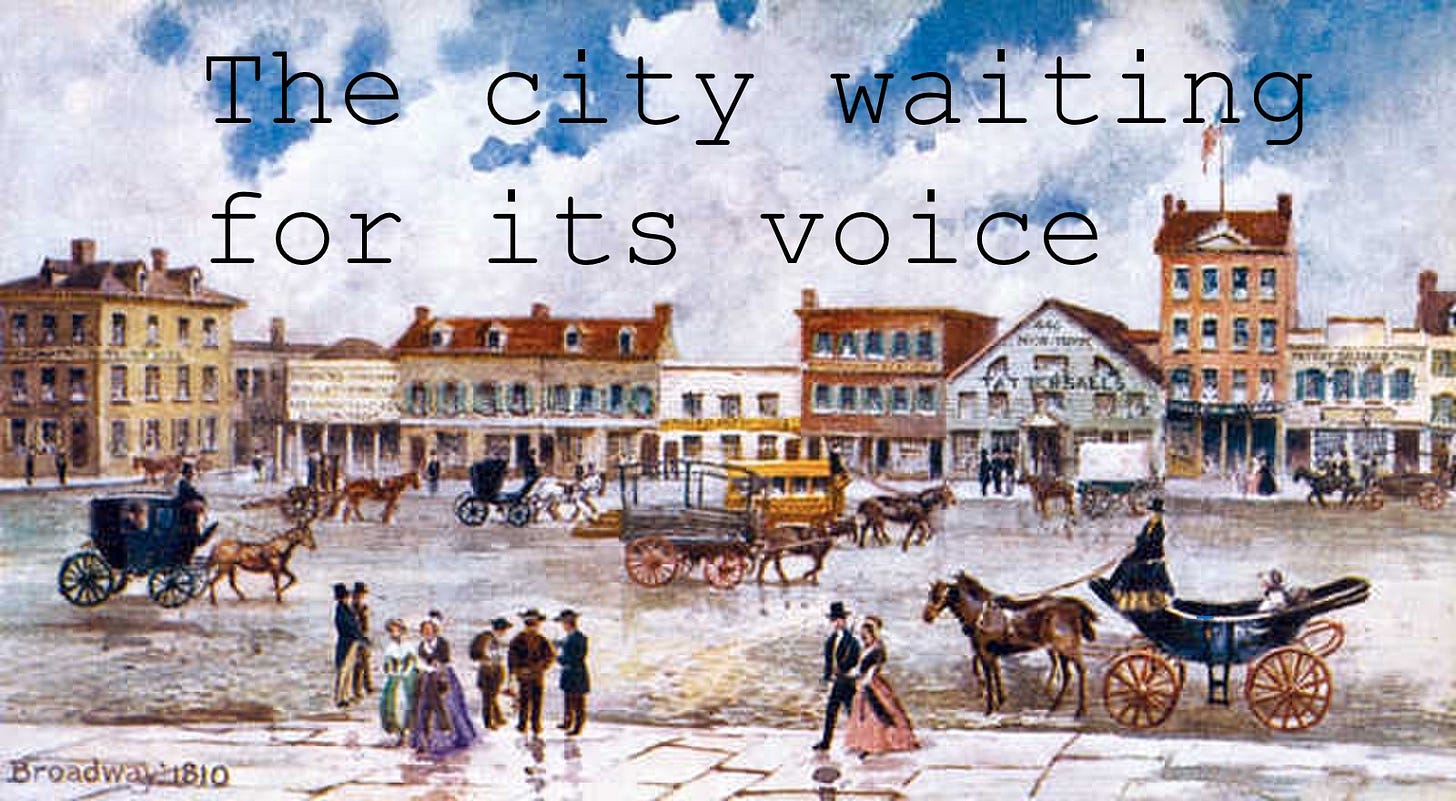The Stage as Signal: Craft, Legacy, and the Black Broadway Renaissance
From trauma to triumph: on the stage as signal, craft as survival, and imagination as liberation
The New York Times’ new interactive feature, “Black Musical Theater, 200 Years and Running”, (gift article) is more than a retrospective. It’s a reckoning in motion — a tapestry of sound, movement, and memory that charts how Hamilton cracked open the modern stage and how Black performers, choreographers, and writers turned that space into something far more electric: a vocabulary of liberation.

What moves me most about this piece isn’t just its documentation of artistry, but the lineage it restores. Out of centuries of exclusion and appropriation comes a burst of creative energy that refuses containment — art as inheritance, reimagined through rhythm, rhyme, and reinvention.
The genius of Hamilton wasn’t only in its innovation but in what it signaled: a new grammar of performance, built from struggle. What we’re seeing now — in the shuffle, in the syncopation of story and identity — is craft turning survival into something more: a reckoning with trauma and recovery through expression. It’s the moment when the descendants of a silenced history take ownership of the script and claim the stage not as a borrowed space, but as home.
It’s the perfect example of a cultural reckoning that seizes the full weight and power of imagination toward its own reclamation — not as nostalgia, not as protest alone, but as authorship. A declaration that the act of creation itself is resistance, and that artistry born from oppression carries not just echoes of pain, but the architecture of possibility.
Flaubert wrote that anticipation — that ache for what hasn’t yet come to pass — can be sweeter than any reality that follows. But the kind of creation this moment represents goes one step further. It transforms anticipation into fulfillment, not through arrival but through expression. Story becomes the vessel of what might be, the language through which imagination outruns circumstance. The shuffle, the lyric, the movement — they are not reenactments of history but the invention of futures. In this way, storytelling doesn’t merely preserve legacy; it extends it.
Every renaissance begins with reckoning. And what the interactive piece by Jesse Green (New York Times/Nov. 7, 2025) captures is proof that beauty isn’t born from permission but from persistence. The choreography is the archive; the rhythm, the record; the performance, the prayer. Craft and legacy are never separate. They move together, like syncopated heartbeats — one calling, the other answering, until the story finds its full voice.
Postscript: The New York Public Library for the Performing Arts is currently presenting a companion exhibition on Black musical theater, drawing from two centuries of performance history. The exhibit of 270 items, titled “Syncopated Stages: Black Disruptions to the Great White Way,” runs now through February 2026, continuing the conversation in space and motion that this piece began online — a living archive of sound, image, and imagination. Check out the exhibit’s online presentation here: https://www.nypl.org/events/exhibitions/syncopated-stages-black-disruptions-great-white-way
Toward Empowerment: The Reckoning We Avoid
Reckoning is the step we like to skip, but it’s the most important one if you want to resolve anything and truly move on. Without reckoning, you’re doomed to repetition. You’ll fall off the horse eve…




